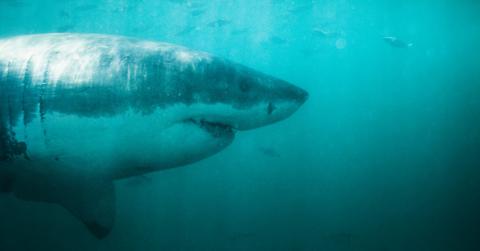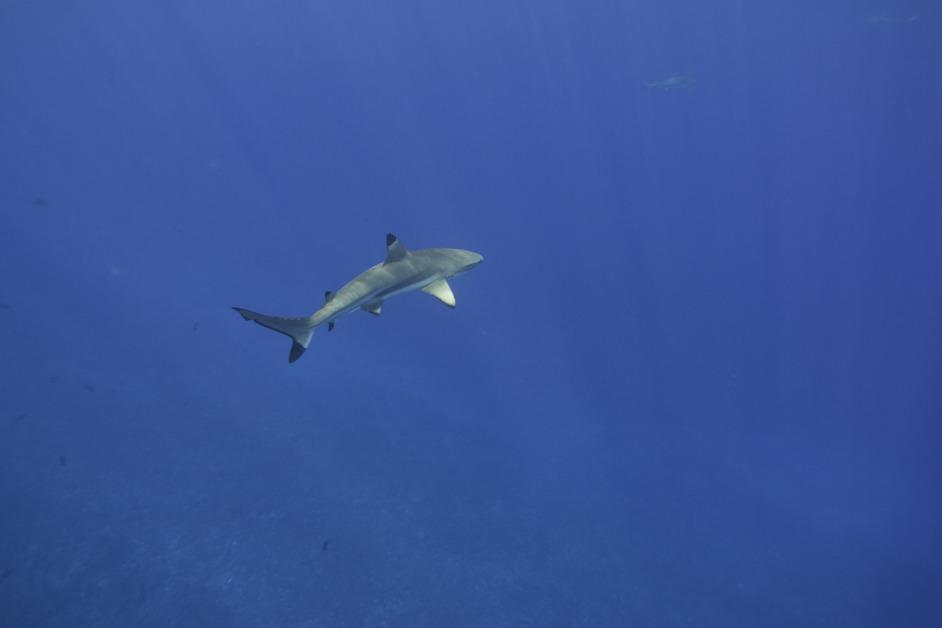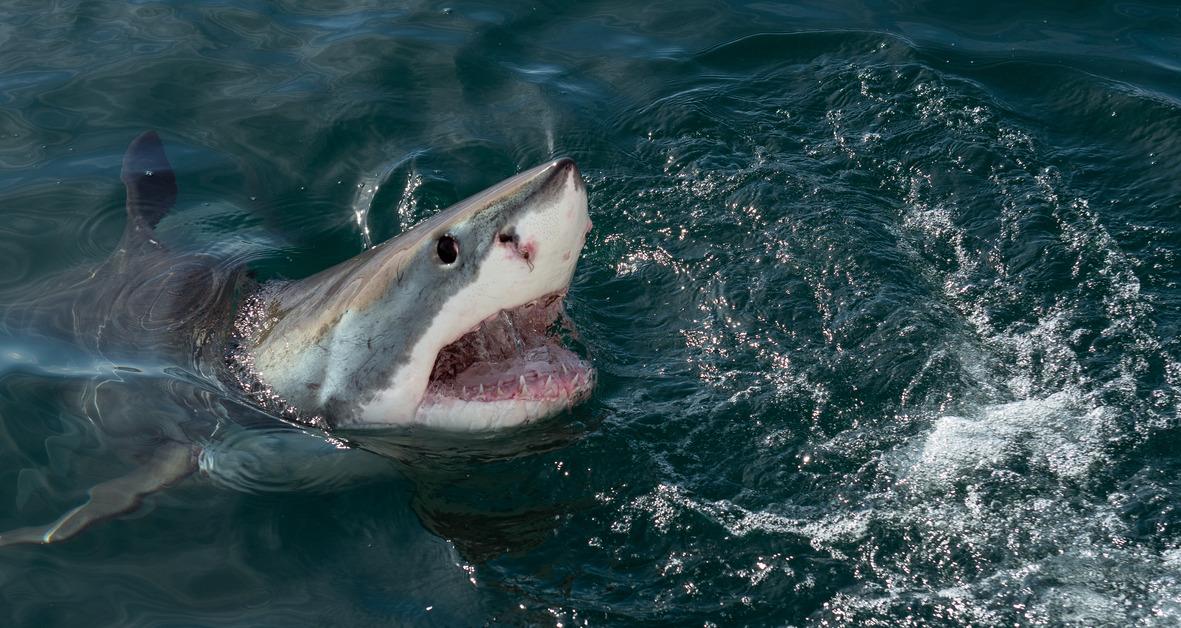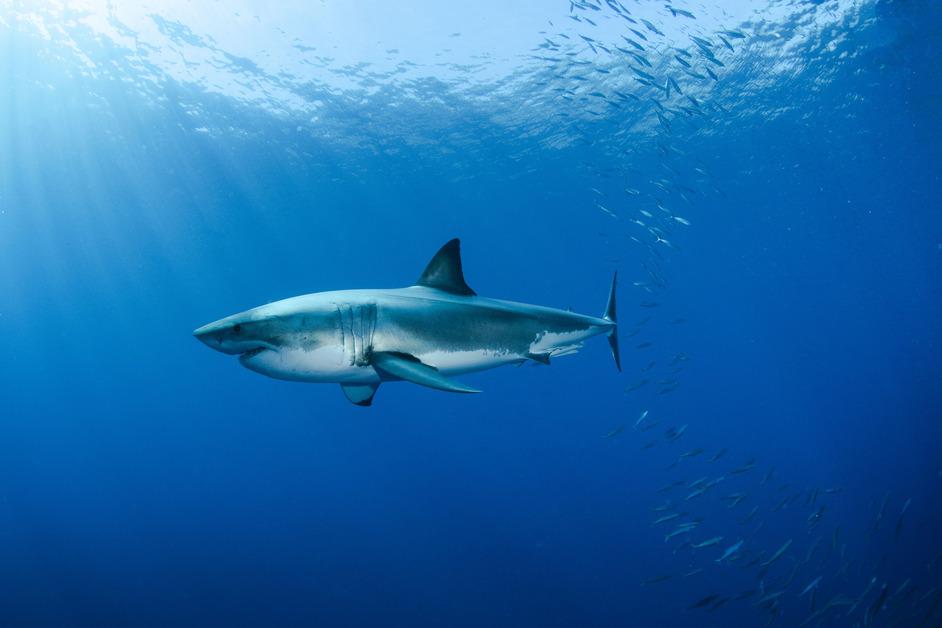How the Shark Attacks of 1916 Spurred the Animal's Inaccurate Reputation as a Killer
Published March 2 2023, 9:57 a.m. ET

It was less than a month into summer, and in the blaze of a day that was July 1, 1916. Charles Vansant jumped in the ocean off the New Jersey shore and found himself in the mouth of a shark. The events that followed played out like a living nightmare, and became known as the shark attacks of 1916.
What happened during the shark attacks of 1916?
1916 was decades before Jaws (1975), meaning people weren't yet subject to imagining the horrors of the water. In fact, before 1916, the shark's reputation was not much other than being a large fish.

Unfortunately, the shark's reputation changed from fish to beast literally out of the blue when five people were attacked by sharks in New Jersey that summer. It all happened in less than two weeks, and only one survived, per Britannica.
The first dead was Charles Vansant, a 25-year-old Philadelphia man who went out for an evening swim on July 1, only to be mangled by a shark in the water, and later bleed to death in the Engleside Hotel. The attack was treated like an anomaly, and swimmers were encouraged to keep going to the beach as normal.

However, the next attack, on July 6, put the Jersey Shore in national headlines. On July 8, armed guards were patrolling the beaches, and on July 12, three people were attacked in one day. Lester Stillwell, 11, and Watson Stanley Fisher, 24 both died, and Joseph Dunn, a 12-year-old boy from New York City was the only one to survive the serial attacks that summer.
Days after the last attack, a white shark was killed in the bays of New Jersey. 15 pounds of human flesh were found in the shark's gut, per PhillyVoice.
The shark attacks spurred a war on sharks.
According to The Washington Post, the events in 1916 changed the shark-human narrative to this day. President Woodrow Wilson declared an emergency cabinet meeting, and sent a Coast Guard vessel to kill sharks.
On July 15, 1916, The Washington Post's front-page headline read "U.S. War on Sharks." Hunters took to the waters, swimmers stopped swimming, and the U.S. was sent into a shark panic. Although shark attacks were (and still are) rare, the sharks had taken a new reputation as "man-eaters."

Why did the shark attacks happen?
According to Smithsonian Magazine, prior to these attacks, many scientists believed that sharks were harmless. In fact, many believed a sea turtle was to blame before thinking about a shark.
The shark knowledge in 1916 was quite inadequate for assessing the situation. People knew they ate fish, but beyond that, not much. So when the attacks happened, labels like "sea monster," and "shark-infested waters," filled the media, and there was little science to prove or disprove the claims.
Scientists believe that chances are the shark who attacked these people was injured or deformed in some way. This is the same for other animals, like lions, where if something else is causing them pain, they are more likely to attack. Per Smithsonian Magazine, sharks don't naturally attack humans, and rarely does a single shark attack more than once.